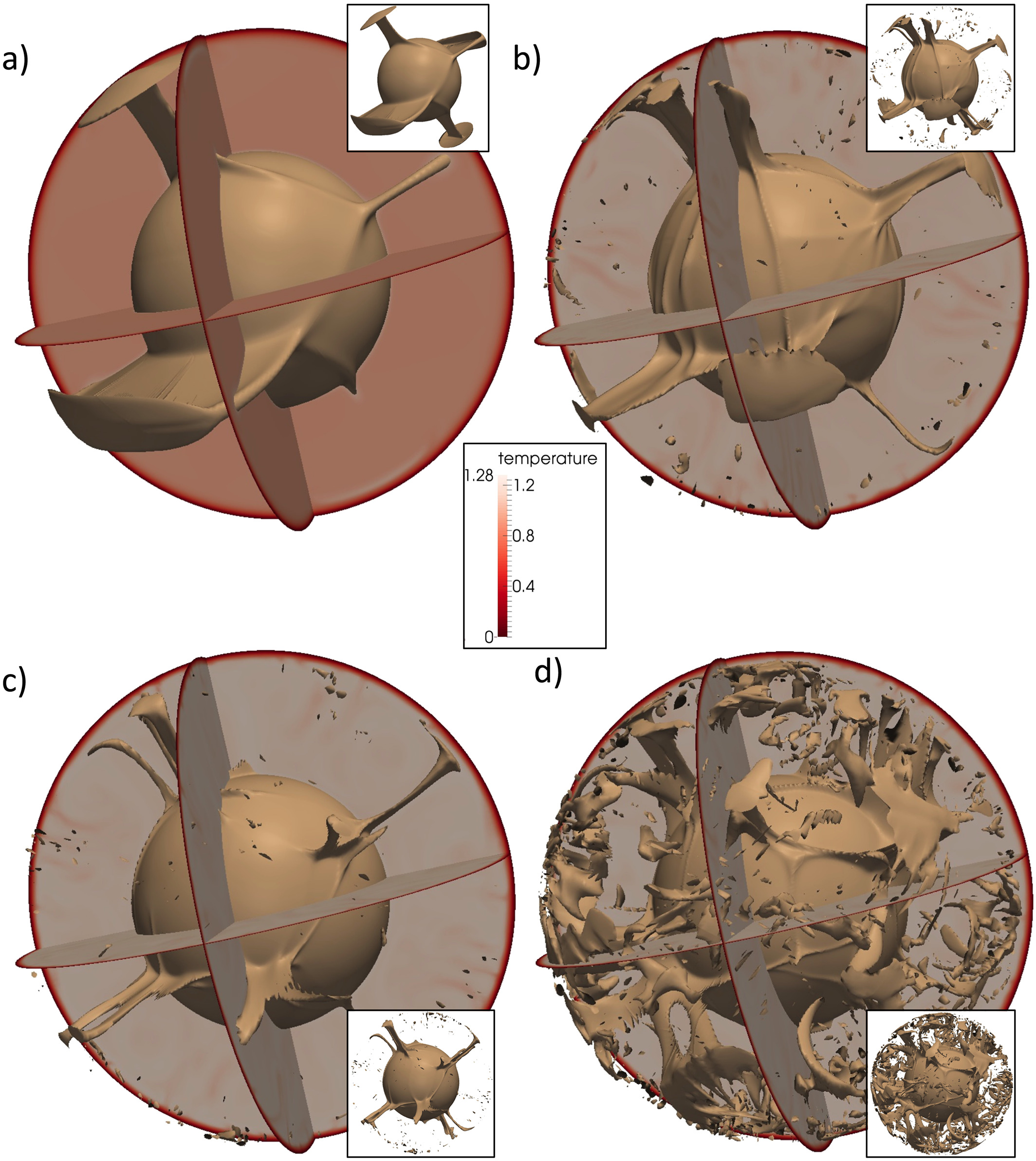When compared with Mars or the Moon, Venus has a small number of craters, indicating that the planet has been resurfaced in the last 250–750 Myr. The primary explanations for the young crater age of the surface of Venus are progressive volcanic resurfacing and a period of mobile‐lid tectonics. However, model results also must explain the offset in the center of mass (CM) of the planet and its geometrical center (CF) as well as a lack of a geodynamo. King (2018) used CitcomS 3.3.2 to study the role of initial conditions, mantle potential temperature, and core potential temperature on Venus surface mobility. The results show that while mobile lid tectonics produces progressive resurfacing, it overpredicts the CM-CF offset. In addition, the resulting heat flow would also be sufficient to power a core dynamo which Venus lacks. Hence, Venus youthful surface is inconsistent with catastrophic overturn.
King, S. D. (2018). Venus resurfacing constrained by geoid and topography. Journal of Geophysical Research: Planets, 123, 1041–1060. https://doi.org/10.1002/2017JE005475

Representations of the potential temperature field (potential temperature isosurface as well as slices along equator and two north‐south great circles) from Case 4 (l = 4, m = 1) initial perturbation pattern. (a) 186.1 Myr (1983 °C isosurface); (b) 1165.3 Myr (2428 °C isosurface); (c) 1645.0 Myr (2530 °C isosurface); (d) 3532.5 Myr (2530 °C isosurface). The small inset figures at the upper/lower left of each panel show the isosurface without the cross sections to better illustrate the pattern. All panels have the same orientation. [from King, 2018]